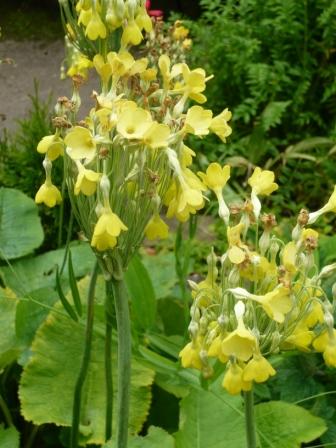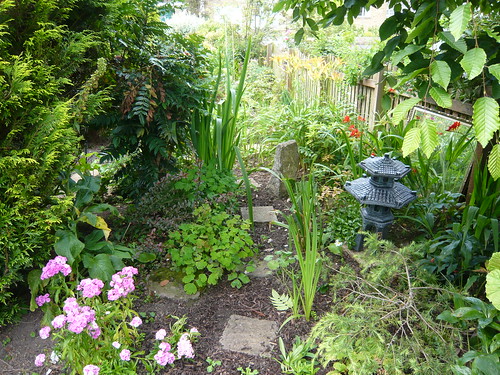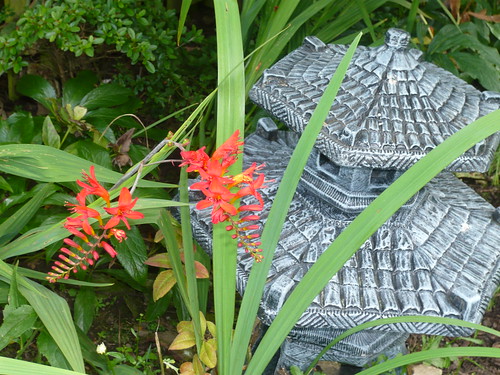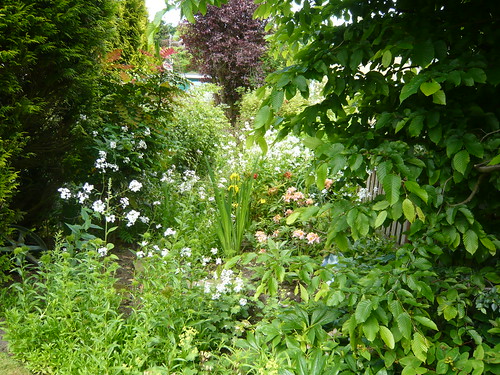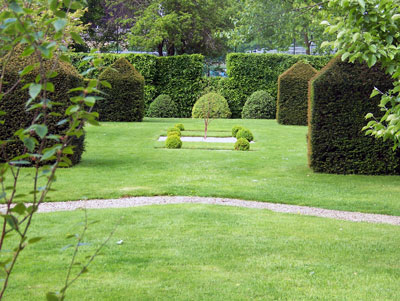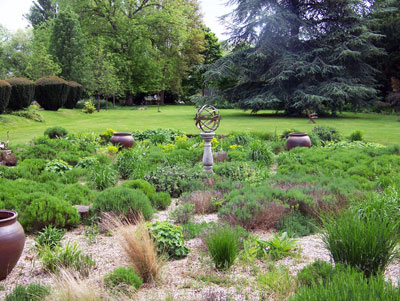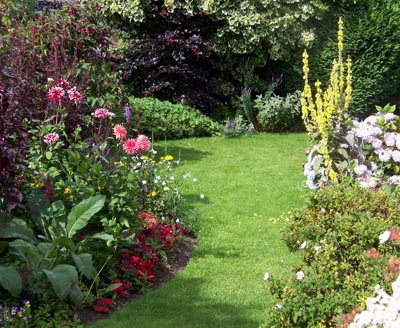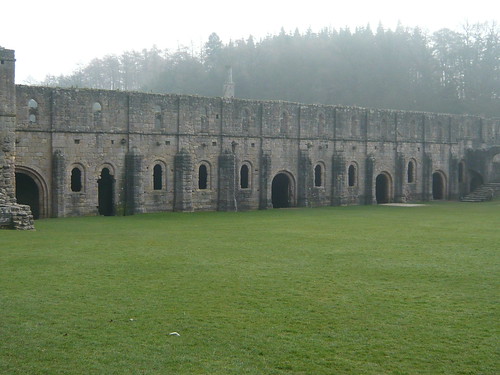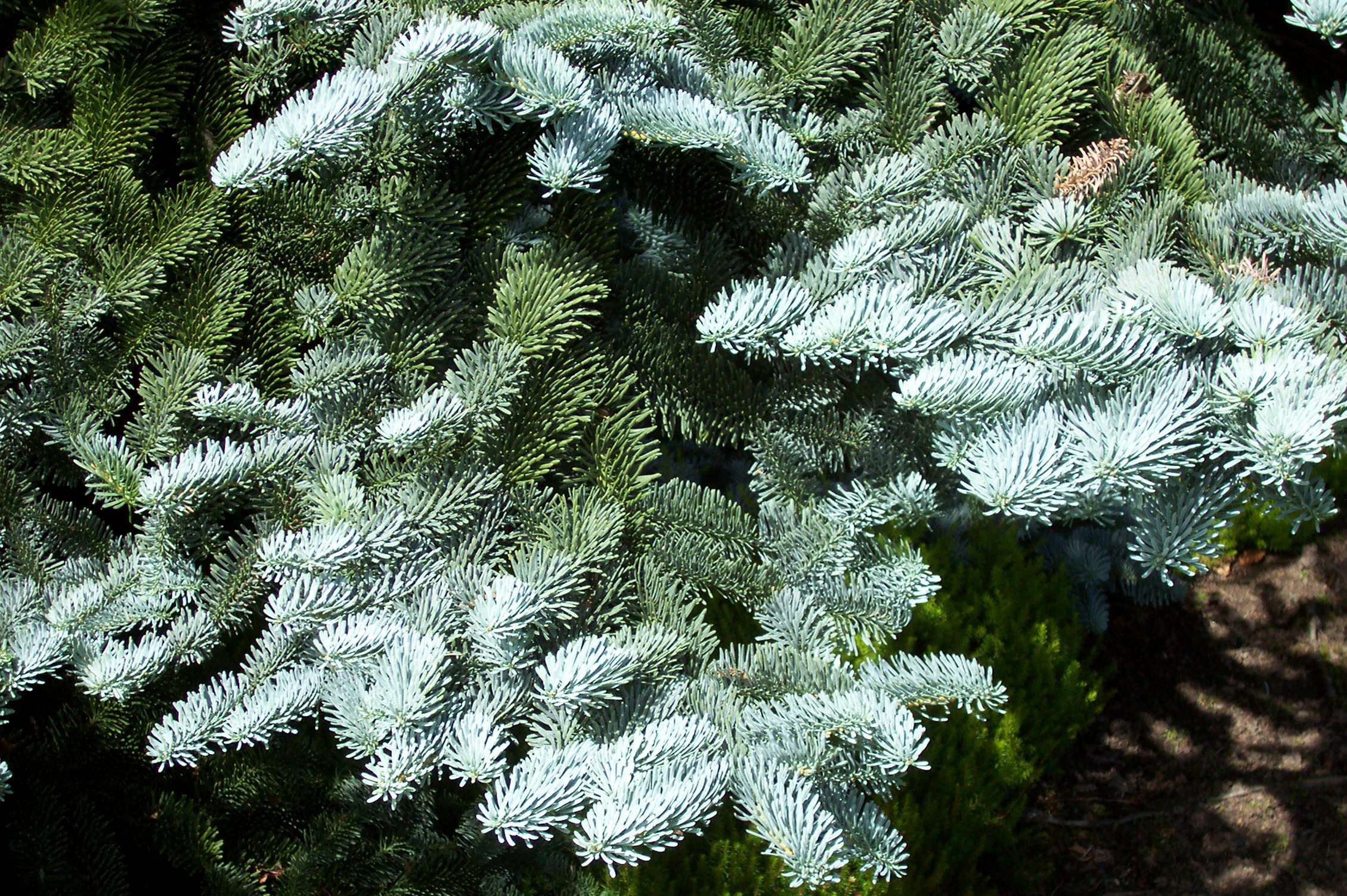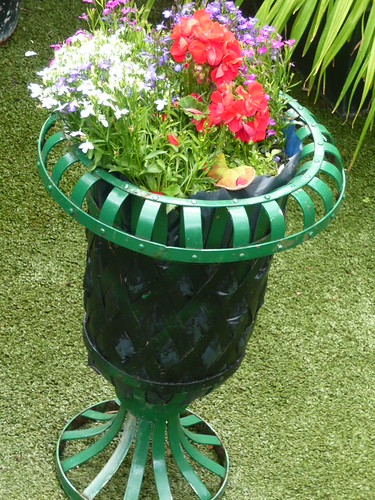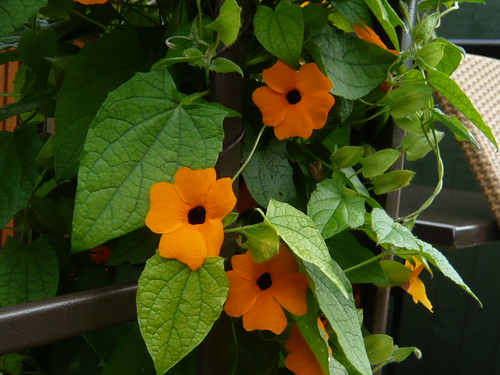Making A Rock Garden or Rockery
A rock garden is a grand place to display your alpine plants. You can shade them with rocks, provide deep root runs and provide rain cover with perspex roofs

In Alpine conditions plants can shelter behind rocks that give them protection from wind and rain and help with drainage. Try to give your plants similar conditions to there original habitat and they will repay you for your attention to detail.
Tips for Making a Rock Garden
- A rock garden should be open and unshaded by over hanging trees
- There should be a slope either natural or built up. This allows plants on the North facing slope to receive 25% of the sun (and heat) of those on the South slope so those delicate plants don’t fry.
- Study the prevailing wind so you know where most rain will fall and plant the rain shadow area with plants that need to stay dry.
- If in doubt about drainage improve it by adding grit. If the soil is clay, a pile of brick rubble 15 inches below the surface will aid drainage no-end.
- The soil can be average soil but will not need extra nutrients or fertilizer except for special situations. Pack all crevices tightly with soil to prevent unwanted pests like mice.
- Plan your rock positions and lay the grain or style of rock all in the same direction. Do not mix rock types or the harmonious effect can be lost.
- Do not plant higgledy piggeldy but select plants that fit into a simple plan. Keep slow growing plants needing similar conditions together. Consider haveing zones in the rockery for different plant requirements.
- Mulch new plants with pea gravel


